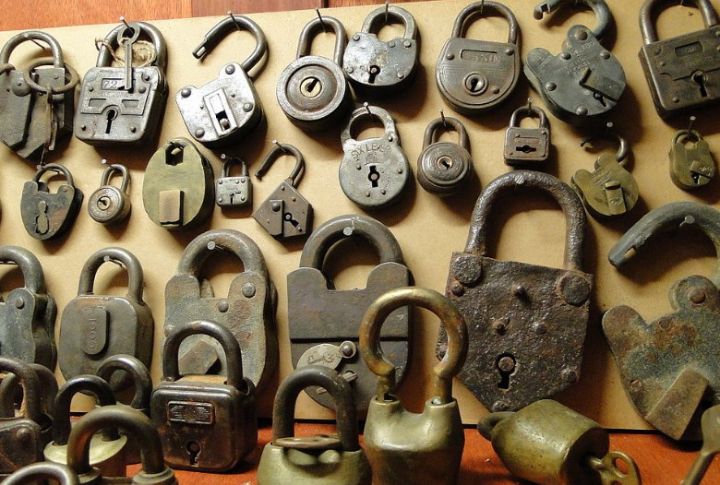
Yes, the Romans built roads and aqueducts. But they also built trust in the art of security. Their locks were miniature marvels designed to keep everything from treasure chests to temple doors secure. Let’s open the doors to the history and evolution of these locks.
Evolution Of Roman Lock Mechanisms

Ingenious Roman engineers changed security by shifting from primitive wooden bolts to sophisticated metal locks. By the 1st century AD, they incorporated springs and tumbler mechanisms, innovations that still influence modern locks. Their meticulous craftsmanship ensured treasuries remained secure in an era of expanding trade and wealth.
The Invention Of The Padlock
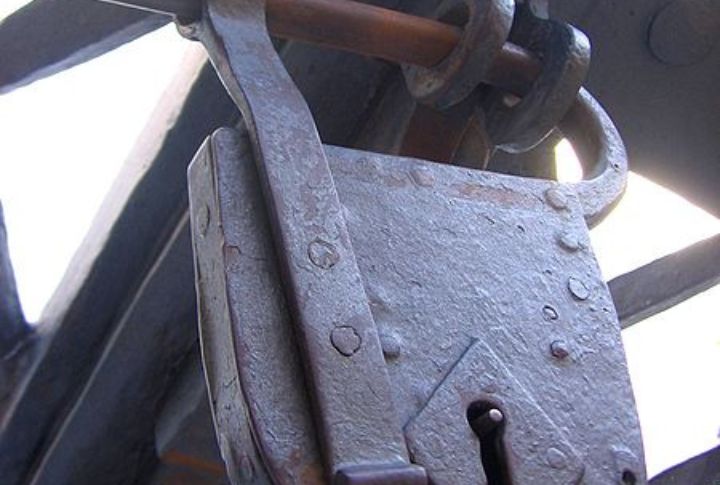
Portable security took a leap forward when Romans developed the first padlocks around 100–200 AD. These compact metal locks, often made of iron or bronze, safeguarded merchant goods on the move. Unlike fixed locks, padlocks allowed flexibility, which made them a game-changer for traders crossing Rome’s vast empire.
The Craftsmanship Behind Roman Lock-Making
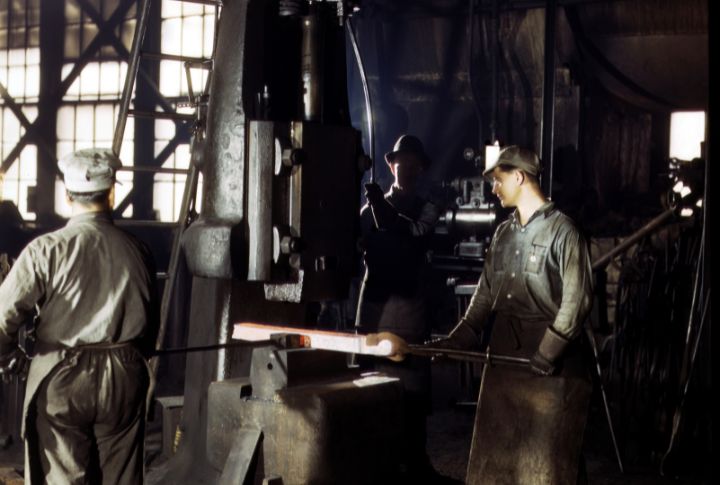
Behind every Roman lock was the expert hand of a skilled artisan, usually a specialized blacksmith or metalworker who mastered both metallurgy and intricate mechanics. By meticulously experimenting with metals like iron, bronze, and occasionally precious metals like silver or gold, they advanced the precision of locking mechanisms.
Locks And Keys As Status Symbols
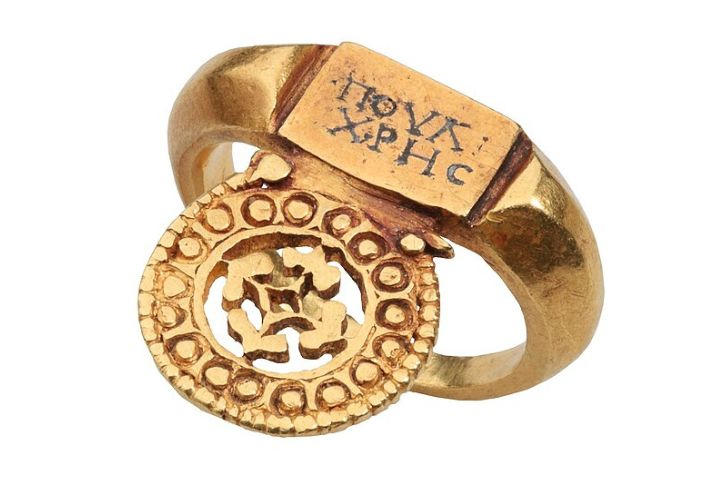
While the wealthy commissioned intricate, multi-layered locks, commoners relied on simpler wooden mechanisms. Plus, carrying a key was a mark of prestige. Wealthy Romans wore intricately designed key rings, showcasing ownership of valuable goods. Unlike commoners, who relied on simple wooden or iron locks, the elite flaunted them as fashionable, functional jewelry.
Diverse Lock Applications In Roman Society

Locks secured doors, chests, temples, and even cages holding exotic animals although we don’t have evidence for the same. Blacksmiths crafted locks tailored to personal or commercial needs, making security a widespread necessity in an empire where theft was a constant threat in bustling cities like Rome and Pompeii.
Advancements In Lock Complexity
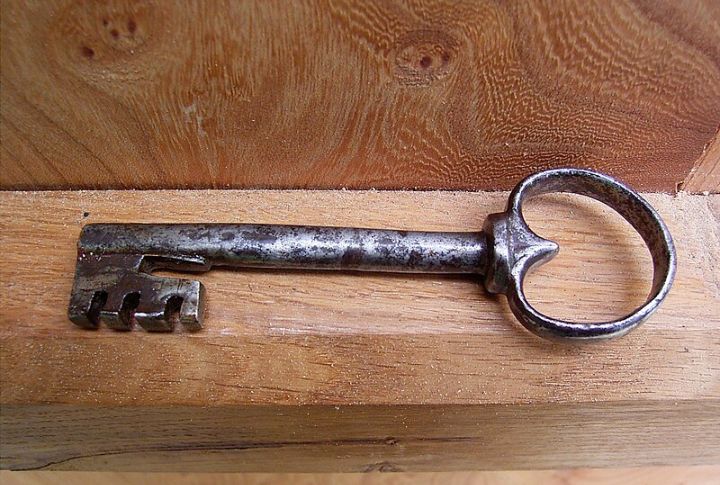
Roman locks became a marvel of engineering. Some designs featured spring-loaded bolts and complex wards that required uniquely cut keys. When they limited access to those with the correct key shape, these locks deterred thieves and set the foundation for modern security concepts still in use today.
Miniature Mastery The Gold Lock Discovery

Recent excavations found a gold Roman lock that measured less than half an inch. Unlike typical iron or bronze locks, this miniature version hints at high-status ownership, possibly securing an aristocrat’s valuables. Its exquisite craftsmanship suggests locks were practical and a symbol of wealth and sophistication.
Locks In Military Fortifications

Even Roman forts relied on locks for protection. Archaeological finds from Hadrian’s Wall and German military outposts reveal iron locks used to secure weapons, gates, and supply rooms. With legions stationed far from Rome, these mechanisms ensured significant defenses remained intact and safeguarded soldiers against theft and sabotage.
Symbolism Of Locks In Roman Religion
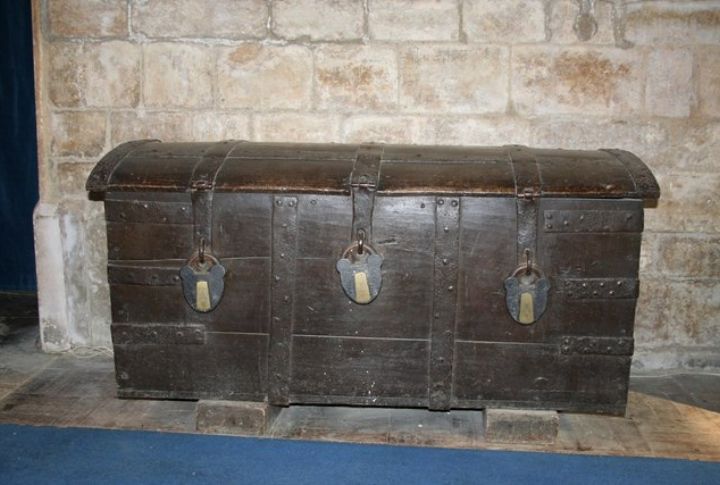
Locks also held religious significance. The god Janus, guardian of gates and transitions, often appeared on key designs. Romans believed locks could protect against spirits and ensure sacred spaces remained untouched. Some even buried locked boxes with the deceased, which symbolized the soul’s journey beyond.
Influence On Modern Lock Technology
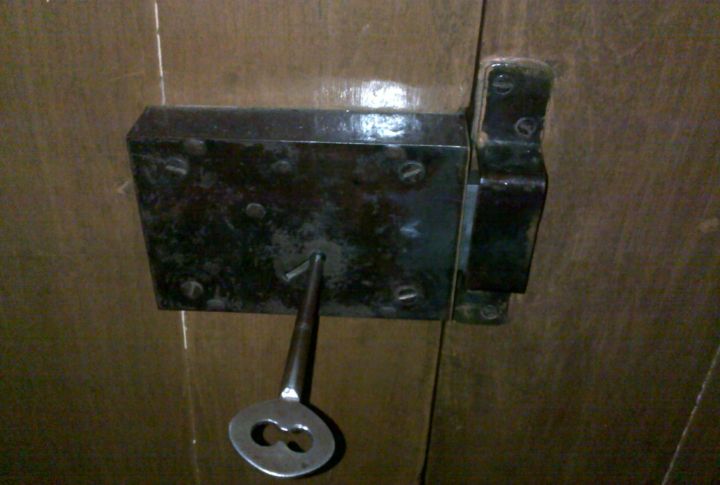
Roman ingenuity laid the groundwork for today’s security. Their use of warded locks, where only the correct key could align internal barriers, directly influenced medieval and modern lock designs. Locksmiths still admire the durability of Roman models, which proves that some of the best ideas can withstand the test of time.

